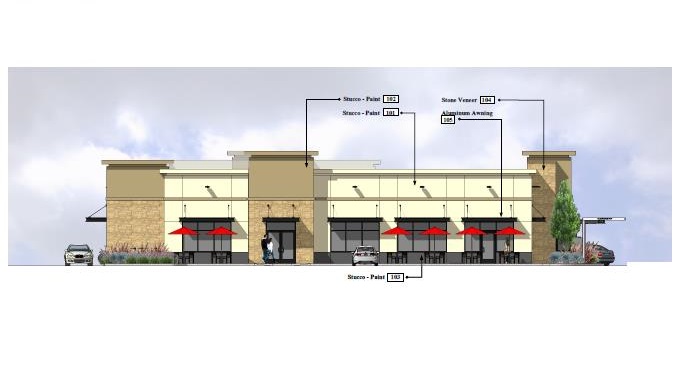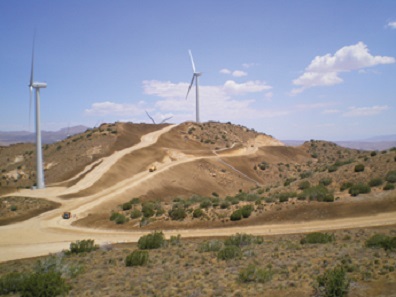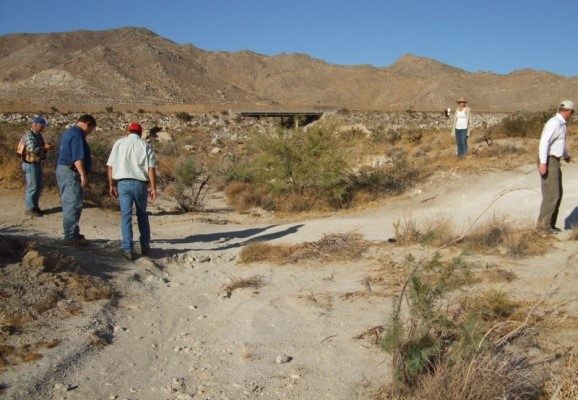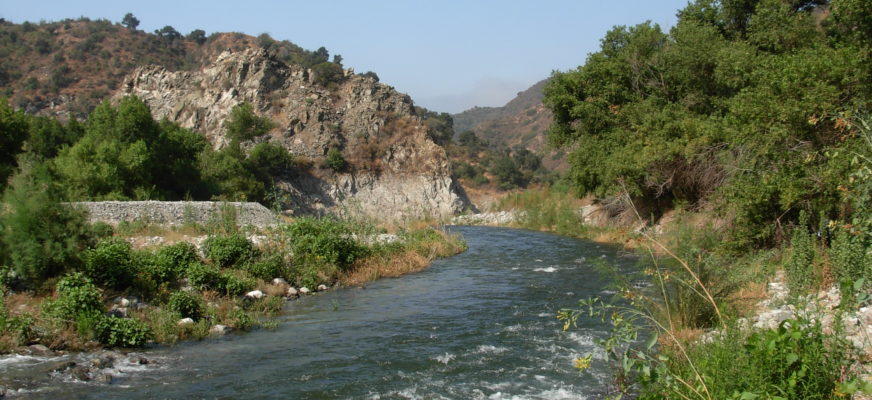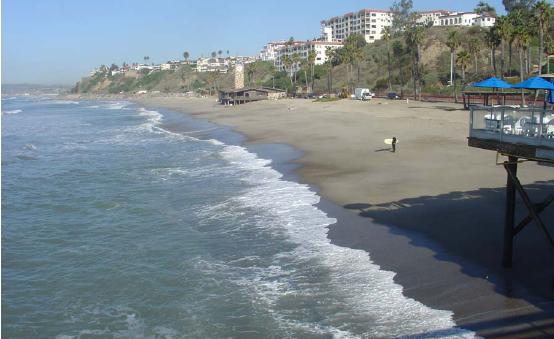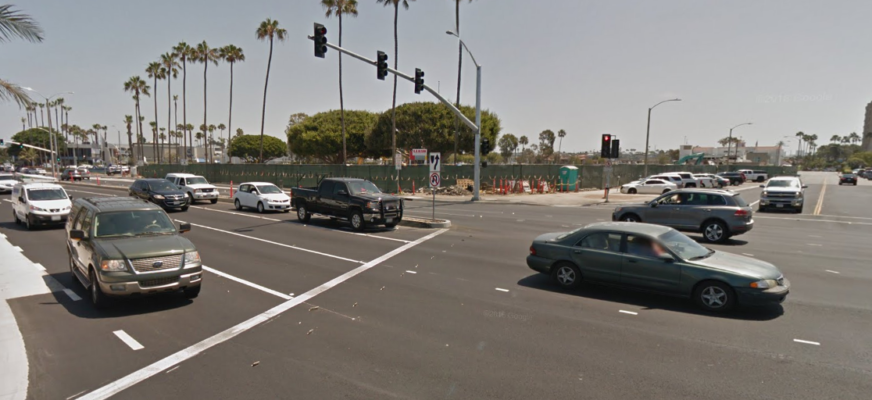Marblehead
A massive cross-disciplinary effort to rehabilitate a 250-acre Orange County for residential and commercial development
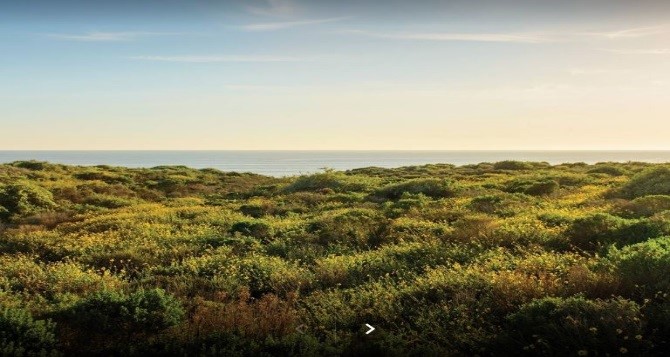
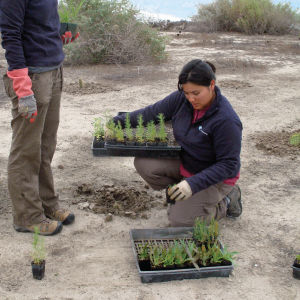
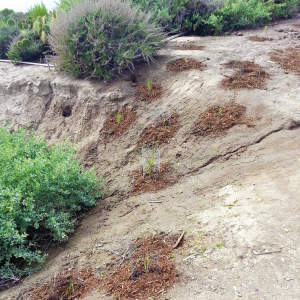
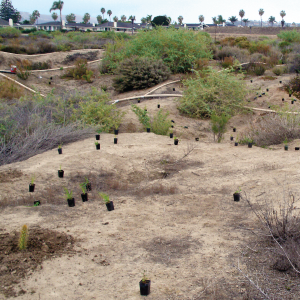
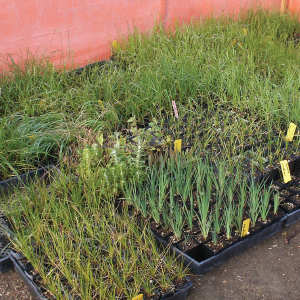
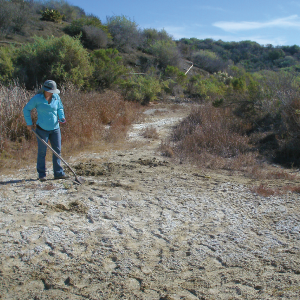
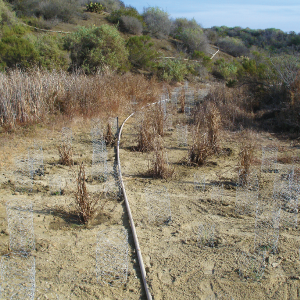
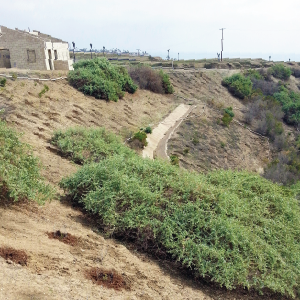
- On-site production nursery and storage of more than 2000 pounds of seed
- Monitoring and surveying and management for burrowing owl
- Pre-construction monitoring
- Construction monitoring
- Specific performance standards for 90% cover of native vegetation
- Revegetation for coastal sage scrub
- Revegetation for coastal bluffs
- Revegetation for wetlands
- Revegetation for native grasslands
- Monitoring and surveying and management for rare plants
- Monitoring and surveying and management for coastal California gnatcatcher
Deprecated: Function get_magic_quotes_gpc() is deprecated in /var/www/dev.vadimages.com/chambers-group/wordplate/public/wordpress/wp-includes/formatting.php on line 4330
The Sea Summit at Marblehead Development Project is a decade+ project dedicated to preparing a 250-acre site along the San Clemente beachfront for residential and commercial construction. Known as Orange County’s last coastal development, this sensitive and diverse site is home to an array of protected species such as Blochman’s dudleya, Coulter’s saltbush and the California gnatcatcher and contains wetlands, grasslands, and coastal sage scrub. Chambers Group has been charged with the comprehensive role of revegetation, biological permitting and monitoring compliance.
Chambers Group’s specific services included the preparation of the upland portion of the Habitat Management Plan (HMP) to protect, restore, and manage native grasslands, Coastal Bluff Scrub, the Blochman’s Dudleya Preserve, and approximately 70 acres of Coastal Sage Scrub located within the property. The mitigation plan described site preparation methods, plant and seed lists, plant installation techniques, and maintenance procedures for restoration of the upland habitats to be installed as required in the Biological Opinion. The HMP was designed to maximize the habitat value for coastal California gnatcatcher and other species dependent on Coastal Sage Scrub vegetation as well as to enhance the functional value of the preserved/restored wetlands within the central and western canyons by improving connectivity thus, allowing for wildlife movement between the two canyons. All in all, Chambers Group monitored the installation of more than 71,000 container plants and over 2,000 pounds of seeds – all of which were collected locally within 20 miles of the site.
As a whole, the coastal development project reserves approximately 120 acres for open space, including 5 public parks and more than 4 miles of trails/walkways over Sea Summit’s coastal terrains and hills and take residents down to the ocean. Of the 120 undeveloped acres, about 100 acres have been preserved and are managed as natural open space providing habitat to sensitive and listed species. Besides supporting 6 sensitive plant species and 4 sensitive bird species, the restored habitat now supports 21 breeding coastal California gnatcatcher pairs – a huge number for any given site in Orange County in such close proximity to active development.
Today, Chambers Group continues the implementation of restoration and biological monitoring requirements outlined in the Project’s HMP and resource agency (USFWS, CCC, CDFW, USACE, and RWQCB) permits. During the spring and summer months, our biologists are on site 5 days a week. Work includes revegetation/restoration, biological and construction monitoring, focused surveys, reporting, and agency coordination/permit compliance, all of which are required to achieve agency sign-off prior to being transferred to the Center for Natural Lands Management (CNLM). We are proud to say that construction has now been underway for 2 years with more than 50 residential and 55 commercial units already completed.

